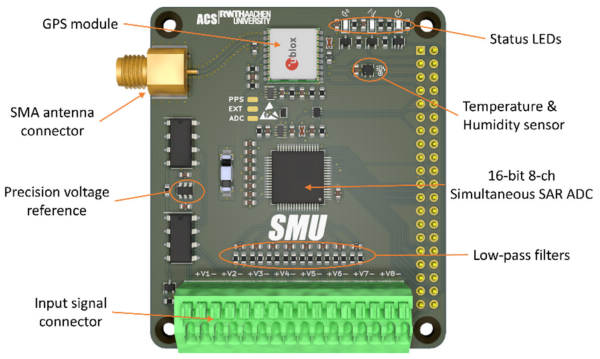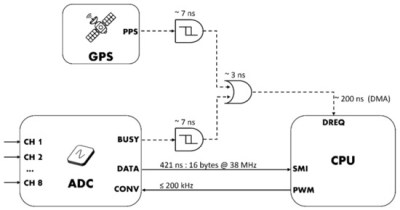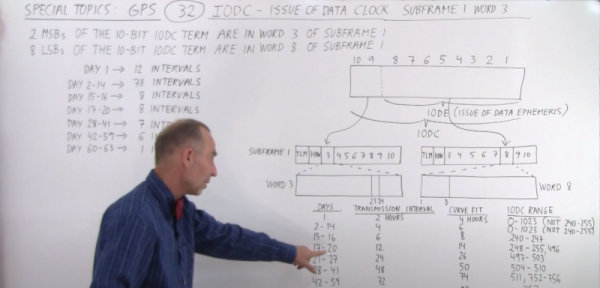As part of the payloads on the Firefly Blue Ghost Mission 1 (BGM1) that recently touched down on the Moon, the Lunar GNNS Receiver Experiment (LuGRE) has become the first practical demonstration of acquiring and tracking Earth orbital GNSS satellites. LuGRE consists of a weak-signal GNSS receiver, a high-gain L-band patch antenna the requisite amplification and filter circuits, designed to track a number of GPS and Galileo signals.
Designed by NASA and the Italian Space Agency (ISA), the LuGRE payload’s goal was to demonstrate GNSS-based positioning, navigation and timing at the Moon. This successful demonstration makes it plausible that future lunar missions, whether in orbit or on the surface, could use Earth’s GNSS satellites to navigate and position themselves with. On the way to the lunar surface, LuGRE confirmed being able to track GNSS at various distances from the Earth.
Both LuGRE and BGM1 are part of NASA’s Commercial Lunar Payload Services (CLPS) program, with BGM1 delivering a total of ten payloads to the Moon, each designed to study a different aspect of the lunar environment, as well as hardware and technologies relevant to future missions.


















